Although once cut down due to low productivity and economic efficiency, cocoa trees in Dak Lak and Dak Nong are gradually 'reviving' thanks to the efforts of farmers and support from the European Union (EU).
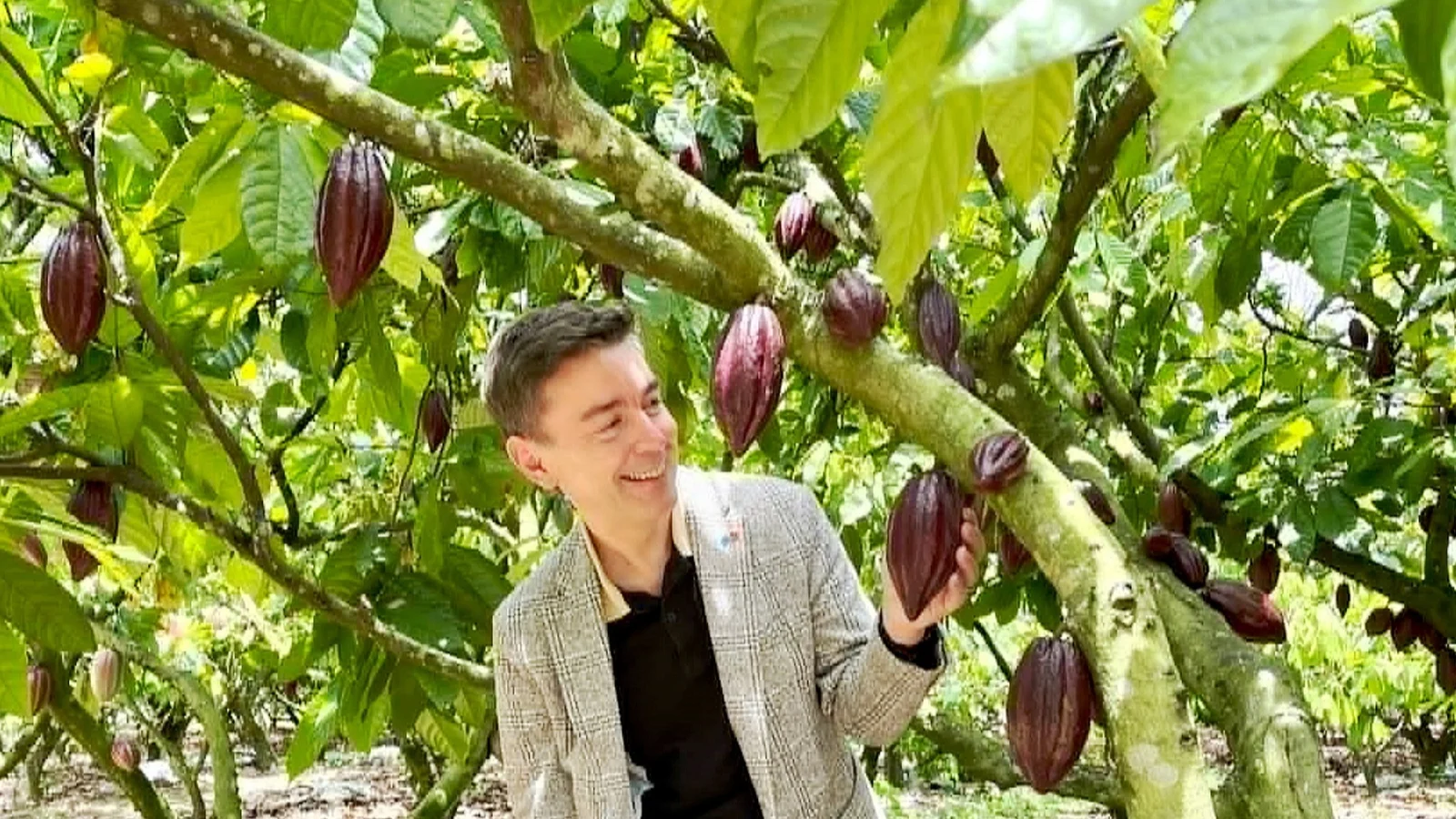
EU Ambassador Julien Guerrier visits a cocoa garden in Dak Lak - Photo: THANH HIEN
During a visit to farms and cooperatives in two Central Highlands provinces last week, EU Ambassador to Vietnam Julien Guerrier witnessed the process of planting, harvesting, tasting fresh cocoa pods in the garden and listening to changes in cocoa growing methods of local farmers.
Changing the face of cocoa trees
Currently, the price of cocoa has increased sharply due to climate change affecting the supply, making cocoa trees more economically attractive. Thanks to the application of the circular economic model, the productivity and quality of cocoa in Dak Lak and Dak Nong provinces have improved significantly.
Sharing after selling fresh cocoa beans at Nhat Tam Cooperative (Ea Dar commune, Ea Kar district, Dak Lak province), farmer Nguyen Duc Thanh expressed his excitement because the selling price has increased about 4 times in the past few years, from only 20,000 - 30,000 VND/kg of wet beans to 80,000 VND/kg.
Nhat Tam Cooperative is currently purchasing fresh cocoa beans from farmers in the area with a minimum price commitment so that farmers can feel secure in their cultivation. Ms. Nguyen Hong Thuong, director of the Cooperative, said the district’s cocoa growing area is 750 hectares, but hopes to increase it to 11,000 hectares by 2030.
In Dak Nong, Mr. Hoang Van Phuc - head of Thien Loc Phat Cooperative (Dak Wil commune, Cu Jut district) - said that thanks to technical support, cocoa output in the region increased to 2-3 tons/ha compared to 1 ton/ha before and the quality was better, helping to improve people's income and life.
For those who have been involved with cocoa trees for a long time in Dak Nong, such as farmer Nguyen Kim Dinh, this is a welcome change. The 72-year-old farmer said that last year his cocoa income reached 200 million VND/ha and is currently applying a solar-powered irrigation system. He also said that the cocoa quality is stable thanks to stable purchasing at reasonable prices.
These positive changes are partly thanks to the support of the European Union (EU) through the project "Circular economy in cocoa production: from cocoa bean to chocolate bar". The project has a budget of about 1.9 million euros, funded by the EU under the SWITCH-Asia program, aiming to promote models of sustainable production and consumption in Asia.
Through the Helvetas Development Organization (Switzerland) and the Community Development Center (CDC), the project has provided training and education in Dak Lak and Dak Nong on circular cocoa; processing cocoa by-products to make biochar, fertilizer, animal feed; and a model for processing and fermenting high-quality cocoa beans.
Corporate support also plays an important role in supporting sustainable cocoa development. Puratos Grand-Place (part of the Puratos Group, Belgium) not only commits to purchasing at a minimum price but also implements a program to reward farmers. Currently, Vietnam's cocoa output is only 3,000 tons/year, while Puratos needs 10,000 tons, showing that the potential for expanding cocoa growing areas is still very large.
Chocolate manufacturer Marou is also interested in organic cocoa sources from Nhat Thong farm (Dak Lak) - where the EU supports farming techniques, sets up nurseries and builds circular farming models, creating organic products that meet international standards.
Vietnam is a model of circular economy.
Sharing with the press after the visit, EU Ambassador to Vietnam Julien Guerrier said that he was impressed that the EU's support had helped local farmers develop a high-quality, sustainable and circular cocoa production chain.
Speaking to Tuoi Tre, Mr. Guerrier said that Vietnam is taking the lead in upgrading production according to the circular economic model.
"On farms, farmers not only grow cocoa but also many other crops. They also make use of the entire cocoa fruit, from beans to shells and other by-products, using natural fertilizers for the plants. Vietnam is truly at the forefront of this circular economy and can become a model for the region and the world," he affirmed.
He also highlighted the positive impacts of the EU's EU Deforestation Regulation (EUDR) - which bans the import into Europe of products such as cocoa, coffee, soybeans, palm oil, timber, beef, rubber and paper... if they originate from deforested or degraded land.
“EUDR has encouraged local producers to trace their cocoa to ensure there is no deforestation. This has also increased prices for farmers, while also enabling them to obtain sustainability certifications not only from the EU but also from Japan and other developed markets. This has allowed them to export at premium prices to top market segments,” he said.
The Ambassador also appreciated Vietnam's initiative and leadership in preparing for the EUDR. Although this regulation is being postponed for 1 year because some countries are not ready, Ambassador Guerrier believes that in reality, Vietnam can completely meet the requirements by December 31, 2025.
"Take advantage of this time to complete the final steps, ensuring readiness on time. Then Vietnamese manufacturers will be able to export to Europe, while competitors from other markets may not have time to prepare," he suggested.
Vietnamese cocoa is famous worldwide.
According to the International Cocoa Organization (ICCO), global cocoa production in 2024 will reach more than 4.3 million tons, of which Africa provides more than 70% but mainly the Forastero variety. The cocoa variety in Vietnam is the Trinitario hybrid variety.
Although accounting for only 0.1% of global cocoa production, Vietnamese cocoa beans are listed by ICCO as one of the world's leading producers of good-flavored cocoa.
Source: https://tuoitre.vn/ca-cao-viet-nam-hoi-sinh-nho-kinh-te-tuan-hoan-20250320234845253.htm



![[Photo] Flooding on the right side of the gate, entrance to Hue Citadel](https://vphoto.vietnam.vn/thumb/1200x675/vietnam/resource/IMAGE/2025/10/28/1761660788143_ndo_br_gen-h-z7165069467254-74c71c36d0cb396744b678cec80552f0-2-jpg.webp)

![[Photo] Draft documents of the 14th Party Congress reach people at the Commune Cultural Post Offices](https://vphoto.vietnam.vn/thumb/1200x675/vietnam/resource/IMAGE/2025/10/28/1761642182616_du-thao-tai-tinh-hung-yen-4070-5235-jpg.webp)
![[Photo] National Assembly Chairman Tran Thanh Man received a delegation of the Social Democratic Party of Germany](https://vphoto.vietnam.vn/thumb/1200x675/vietnam/resource/IMAGE/2025/10/28/1761652150406_ndo_br_cover-3345-jpg.webp)

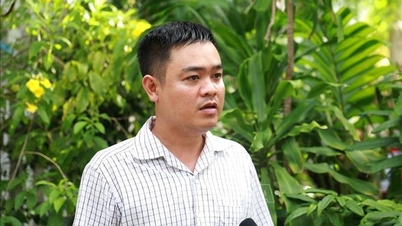

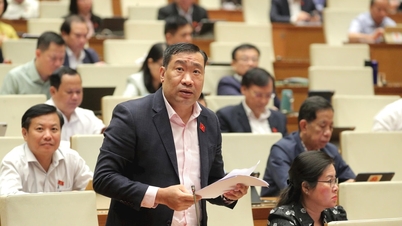

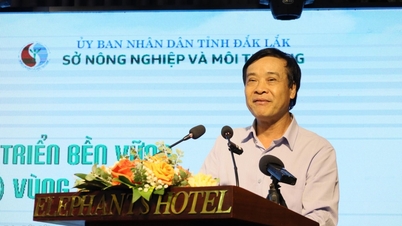

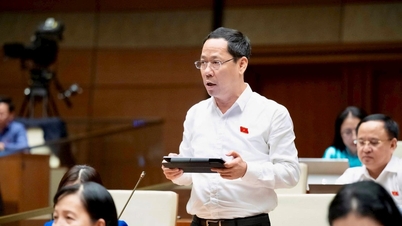
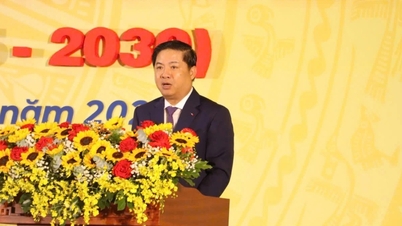

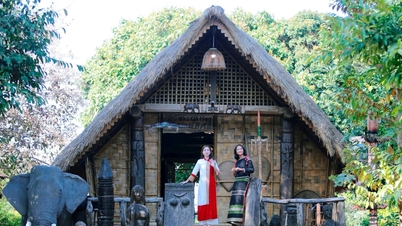
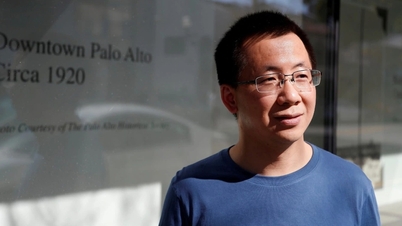


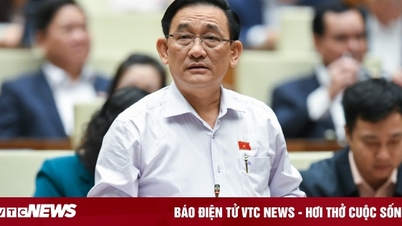
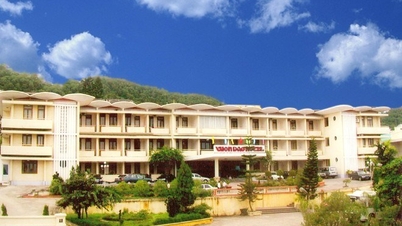

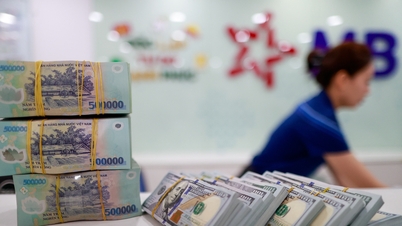

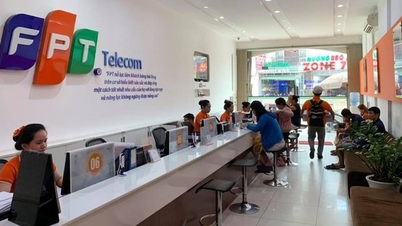





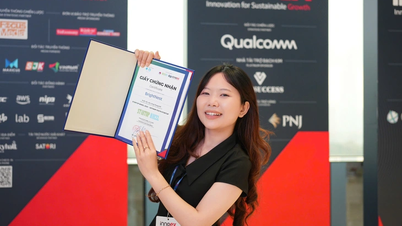



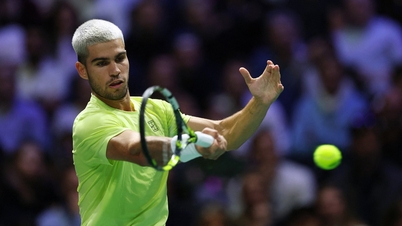

![[Photo] President Luong Cuong attends the 80th Anniversary of the Traditional Day of the Armed Forces of Military Region 3](https://vphoto.vietnam.vn/thumb/1200x675/vietnam/resource/IMAGE/2025/10/28/1761635584312_ndo_br_1-jpg.webp)














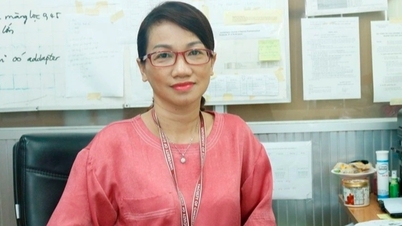


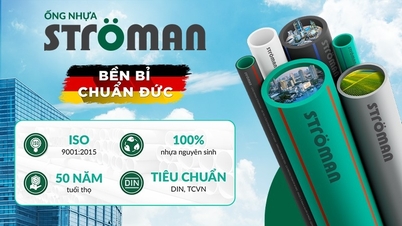

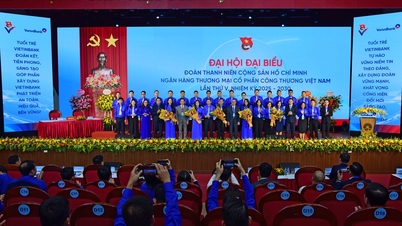
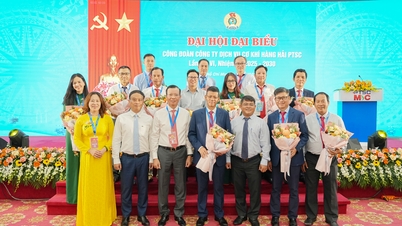
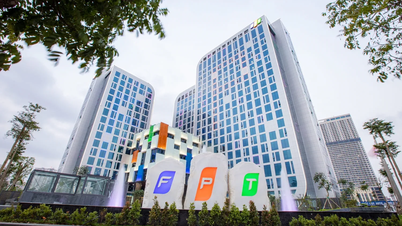
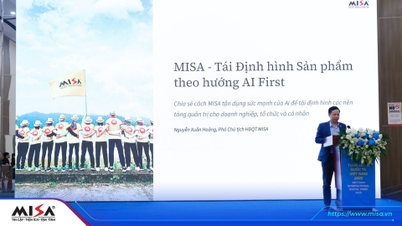







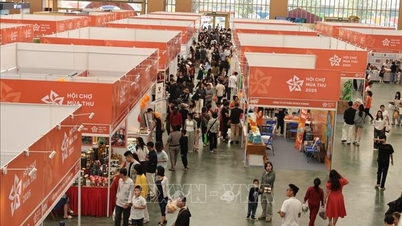
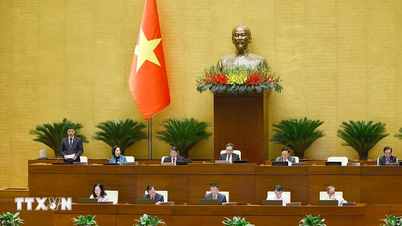

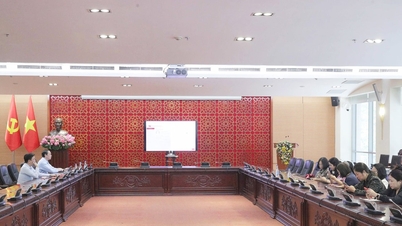
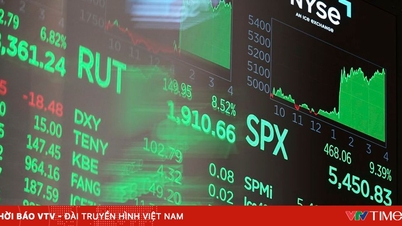



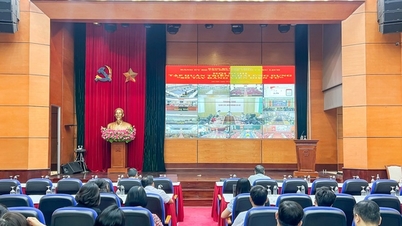


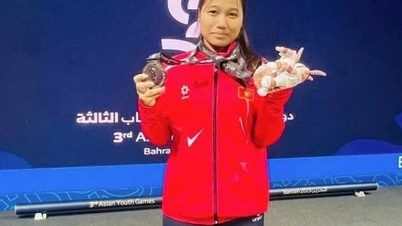
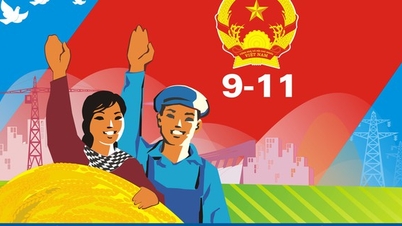
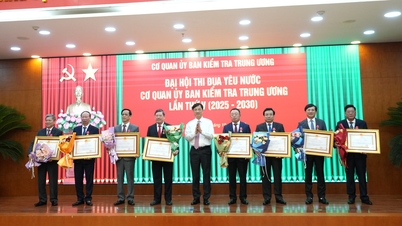

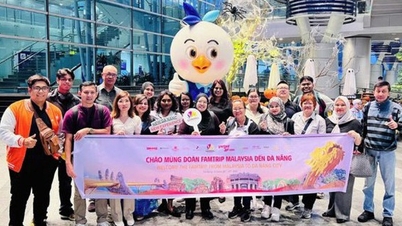
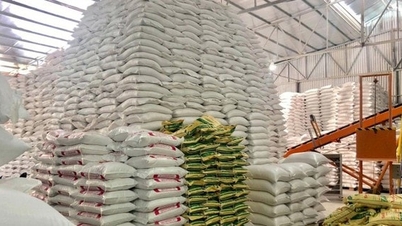



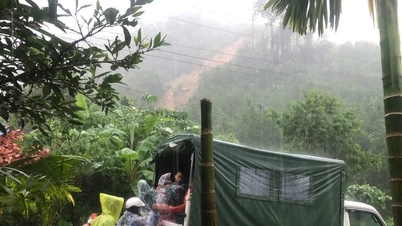
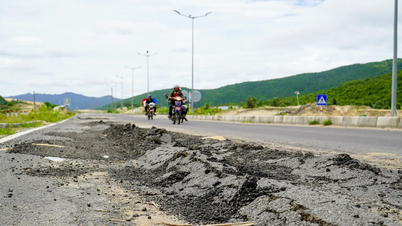
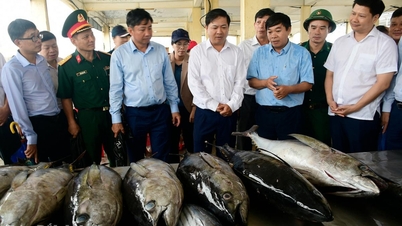
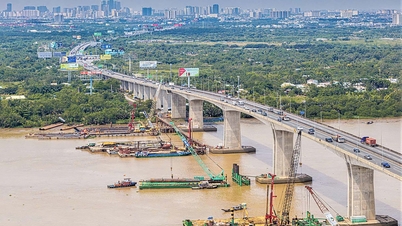













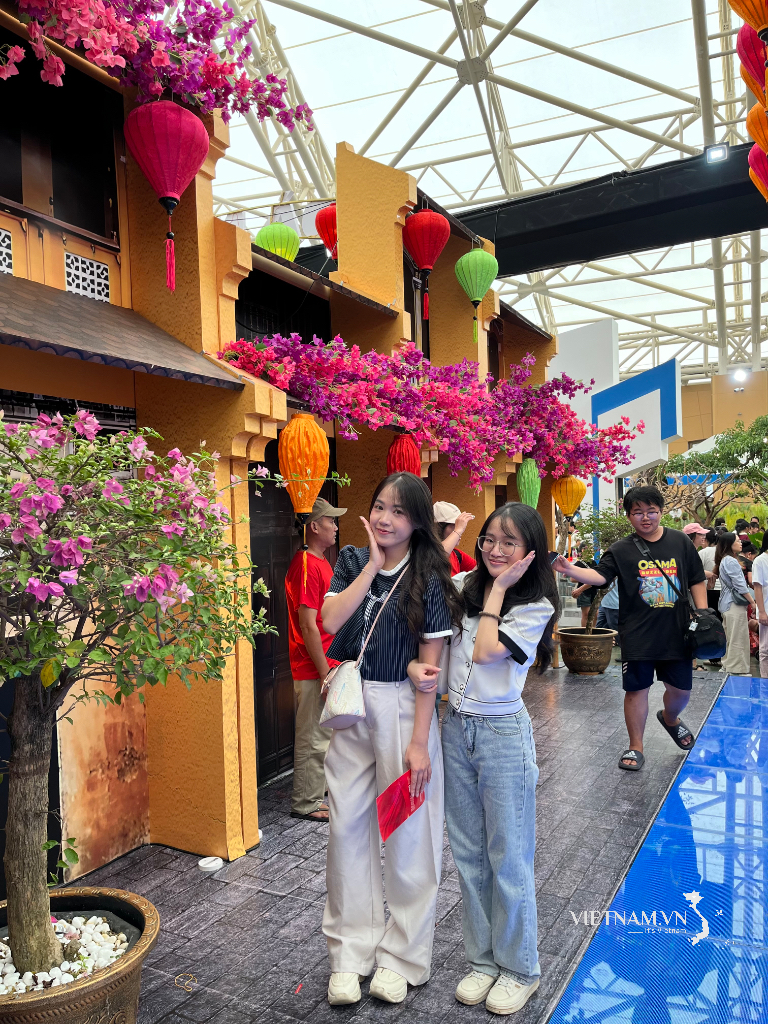

Comment (0)